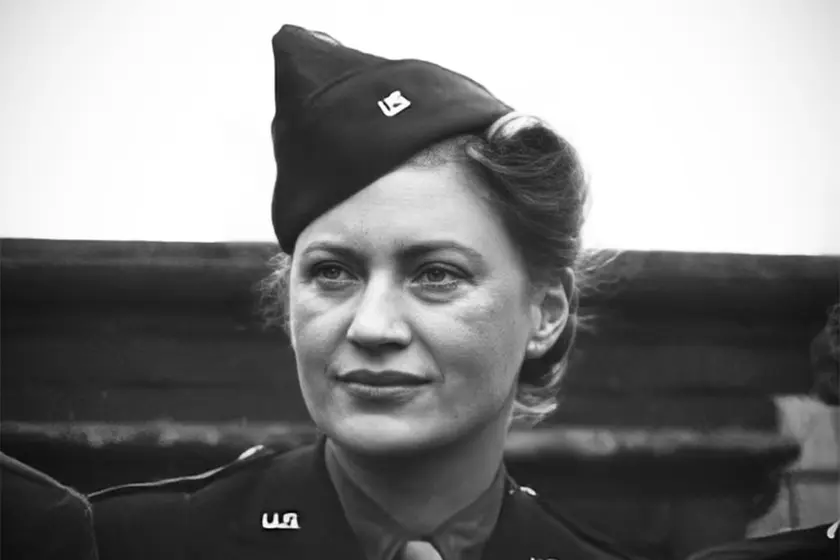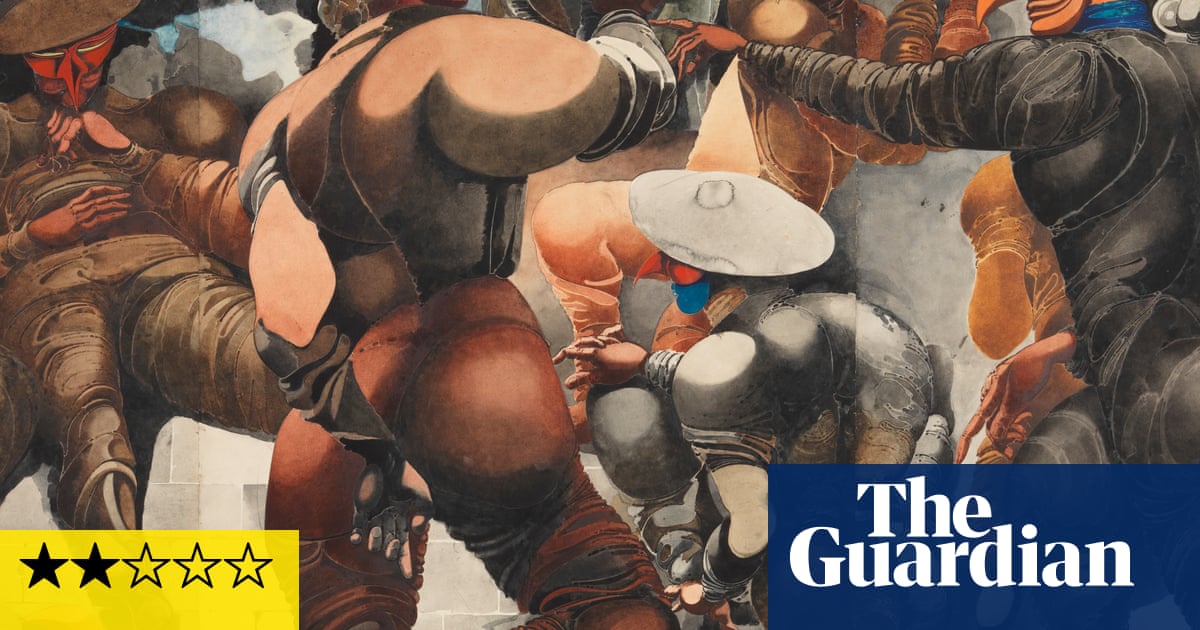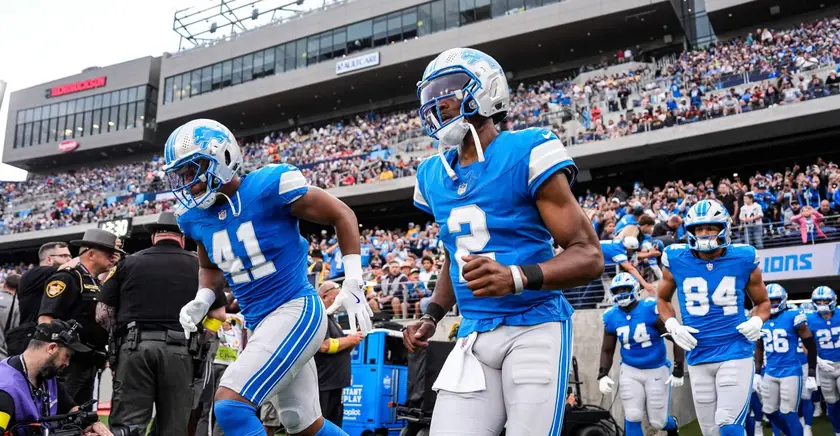T4K3.news
Lee Miller retrospective at Tate Britain
A new Tate Britain show reframes Lee Miller as a pioneering photographer and Surrealist artist, foregrounding her independent work and collaborations.

A Tate Britain show shifts focus from Miller as muse to her own expansive body of work, highlighting both collaboration and independence.
Lee Miller retrospective reframes Surrealism as a personal vision
Lee Miller’s retrospective at Tate Britain positions her as a central figure in Surrealism and as an independent photographer, not just as Man Ray’s muse. The show, curated by Hilary Floe, foregrounds Miller’s own practice across fashion, war reportage, and experimental image making, and it revisits long‑standing questions about authorship in collaborative Surrealist works. New research cited in the catalogue reattributes certain images to Miller, and it suggests she may have helped invent solarisation alongside Ray rather than merely inheriting the technique.
Lee Miller’s extraordinary life is traced from her start as a Vogue model to the war photographer who rode with troops and documented the liberation of Dachau. The narrative also touches on personal hardship, including a difficult childhood and long battles with alcohol and depression, and it highlights the role of her son Antony in preserving her legacy, who uncovered tens of thousands of negatives after her death. The show places Miller in the broader movement of neglected women Surrealists who are finally receiving broader critical attention.
Key Takeaways
"There’s a sensationalised, biographical approach focused on the couple’s mutual passion."
Hilary Floe on the traditional Ray–Miller narrative.
"We were like one person when we were working"
Floe describing the working dynamic between Miller and Ray.
"Miller’s own recollections challenge our need to attribute a single author to a work"
The show’s challenge to conventional attribution.
"The real image here is Miller herself"
The exhibition’s aim to foreground Miller’s independent work
This exhibition fits a larger revival of attention to women Surrealists, challenging the idea that Surrealism belongs only to male founders. It shifts the frame from a romanticized view of Miller and Ray to Miller’s own creative authority and to the collaborative nature of their work.
Yet the emphasis on collaboration and biography carries risks. Biography can overshadow art, and attribution remains complex when two artists operate so closely. Framing Miller as sole author may seem to uplift her leadership, but it also risks reopening debates about where Ray’s influence ends and Miller’s begins.
Highlights
- Miller stitched Surrealism with her own eye
- A muse and a maker, not a single note in a duet
- Collaboration is the secret author of these images
- The real image here is Miller herself
Lee Miller show carries sensitive trauma and attribution questions
The feature includes Miller’s childhood trauma and wartime experiences, plus ongoing debates about authorship in closely linked works with Man Ray. These elements risk triggering readers and attracting scrutiny over biographical framing and historical credit.
The exhibition invites readers to rethink the canon and see Miller as a maker in her own right.
Enjoyed this? Let your friends know!
Related News

Nolan discusses Bacon's impact on Joker

Tate Britain's Exhibition Connects Burra with Colquhoun

Cheltenham unveils star-studded lineup

Merseyside jails 66 criminals in July

Labour attacks Farage over Online Safety Act repeal

Lions see promise in Ratledge preseason debut

Former Tory MP Adam Holloway joins Reform UK

Huddersfield Town earns solid win in opening match
